Welcome to Te Wiki o te Reo Māori! Here’s our first (reo Pākehā) article for this important week. Zeb Nicklin interviewed Ben Ngaia, the author of Ngake Me Whātaitai. This story is a picture book and a traditional story, all about the shaping of the region of Te Ūpoko o te Ika, the greater Wellington area.
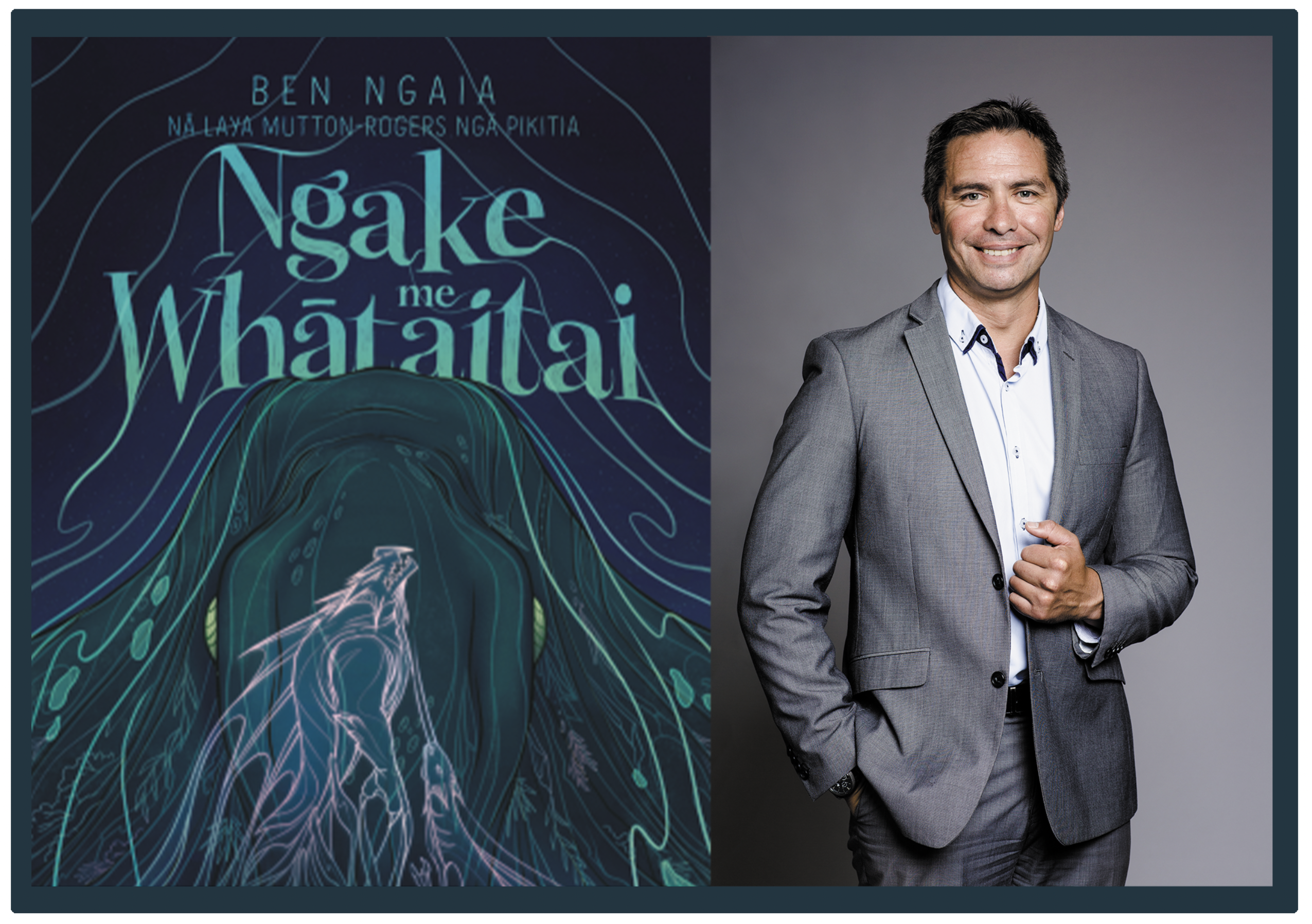
The naming of landmarks, sharing tribal histories and explaining how the land was shaped. This story provides an indigenous perspective about the origin of the mountain ranges, the oceans, waterways and the broad landscape within the area known as Te Ūpoko o te Ika, or the Head of the Fish. The naming of landmarks, sharing tribal histories and explaining how the land was shaped. This story provides an indigenous perspective about the origin of the mountain ranges, the oceans, waterways and the broad landscape within the area known as Te Ūpoko o te Ika, or the Head of the Fish.
Firstly, I do feel for those readers who cannot read Māori, and gain an understanding of the origin stories of Te Ūpoko o te Ika or greater Wellington area through a Māori lens, and in this particular story, the lens is that of the Āti Awa people, the recognised tribal authority for the area. This story is explained in such a clear and creative way by Ben Ngaia in his beautiful account about the taniwha, the mountains, the land and waterways.
This story is explained in such a clear and creative way by Ben Ngaia in his beautiful account about the taniwha, the mountains, the land and waterways.
Wellington City with all its buildings and houses tends to overshadow Māori oral traditions about the natural environment. This means so many city dwellers are unaware of these stories; Pākehā, Māori and even members of Te Āti Awa. I recall a comment by Kahu Rōpata, a leader from Ngāti Toa Rangatira. He said, ‘We Māori did not move away to the towns, but instead, the town came to us’. Meaning in this case, Wellington, Porirua, Lower Hutt, and the greater urban area of Te Ūpoko o te Ika.
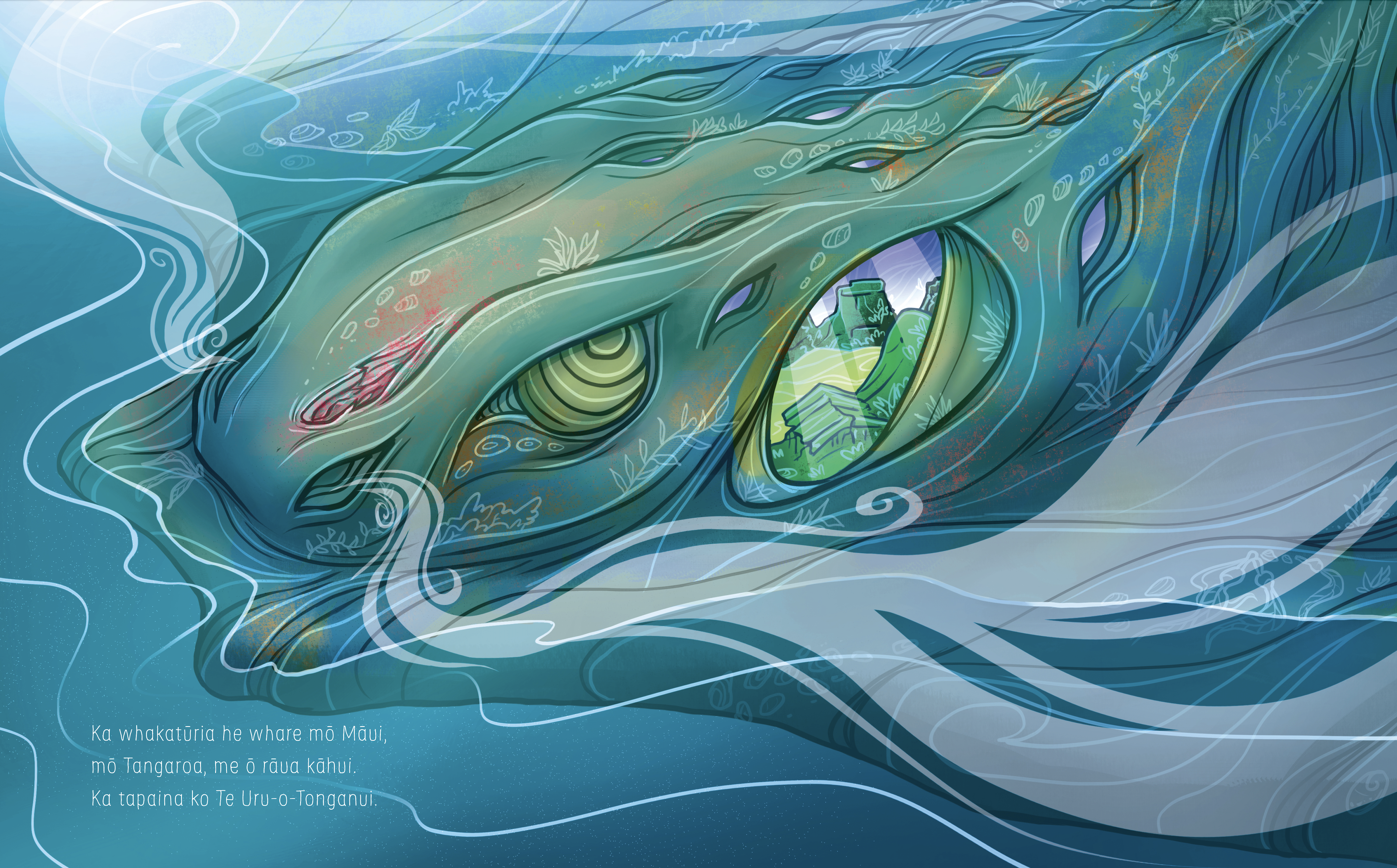
So, this is Ben’s story – published as a children’s book. Upon reading it I realised the depth of thought and quality of expression that is not likely to be understood by younger readers. One helpful feature for readers is the glossary at the back of the book. When Ben reflected on his decision to write this story, he considered a book for children that teachers and parents alike could read with children with short explanations to one side of each page. In any case, this is a beautiful story, full of history and cultural links that all descendants of Te Āti Awa can take pride in.
…this is a beautiful story, full of history and cultural links that all descendants of Te Āti Awa can take pride in.
This story takes us back to the time when Māui caught his legendary fish. It is that well-known origin story of Aotearoa that sets the context for the story of Ngake and Whātaitai and the head of that fish. Here is the story:
We meet two primeval creatures of the deep, named Ngake and Whātaitai. One is restless while the other has a more placid nature; they were responsible for shaping the region of Ūpoko o te Ika as we see it today. This is the Māori perspective to describe a range of features of the natural environs.
I had the opportunity to meet with Ben and listen to his explanation of the story in the book, and to understand a different version regarding these taniwha and the landscape around Te Ūpoko o te Ika.
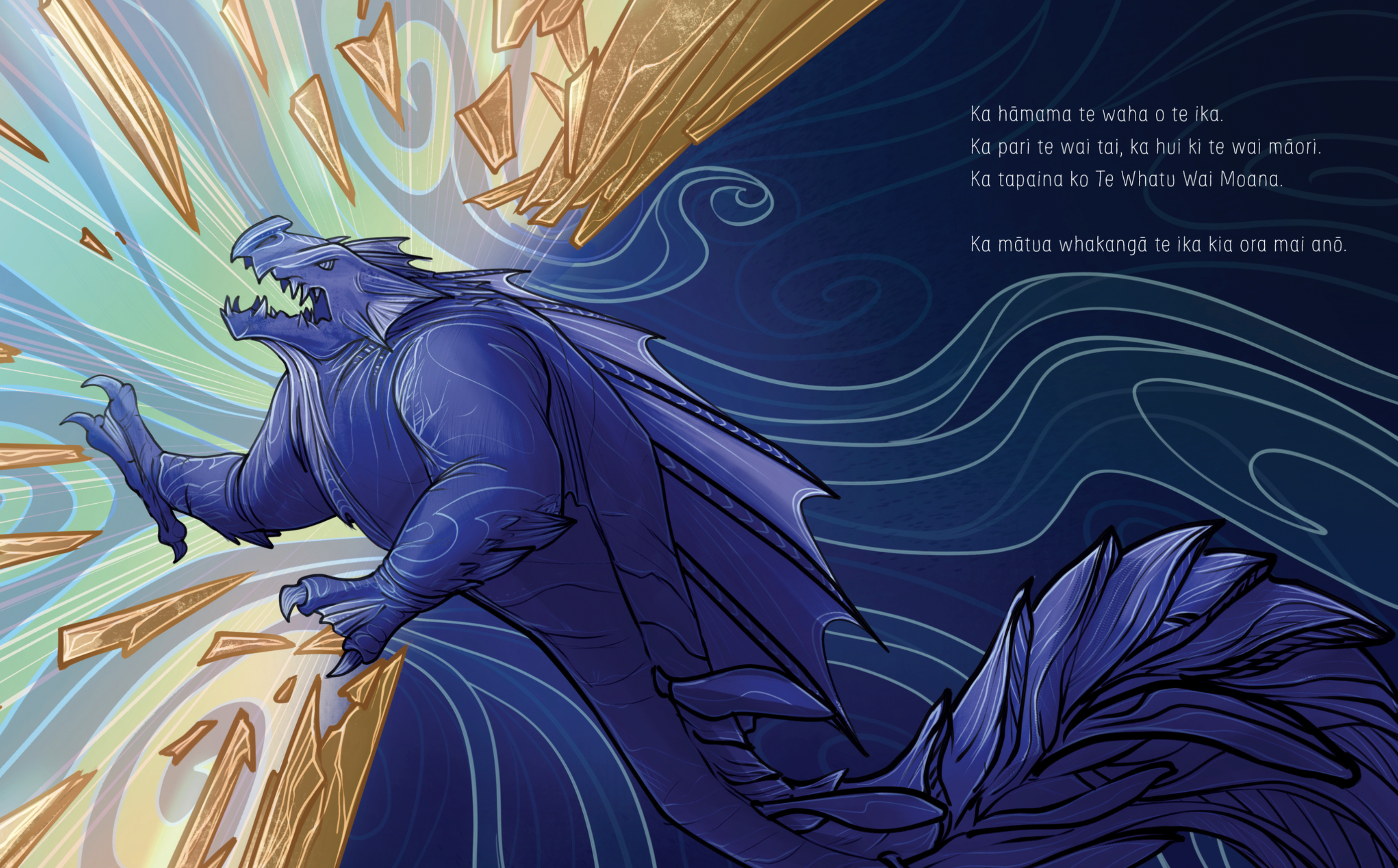
During our discussion, Ben mentioned that this story had already been published – but from a different perspective. We need to remember that there were many tribal groups who arrived in the Wellington area, some staying for a short time before they moved on. In early times, Te Ūpoko o te Ika with its natural harbour, was a kind of melting pot of different stories from many different tribes.
Ben’s intention was to publish this story from an Atī Awa tribal perspective. The real purpose being to influence the younger generations of Te Āti Awa who can gain more knowledge about these taniwha, with the hope that some may be motivated to do their own research and in time add to, or even refresh the story.
The real purpose being to influence the younger generations of Te Āti Awa who can gain more knowledge about these taniwha…
As for Ben, he is looking to publish more books in the near future. He is really passionate about writing stories. The story of Ngake and Whātaitai is his first published book. So, watch this space, and remember his name. Ben is one of a small group of Māori writers who are working in this genre.
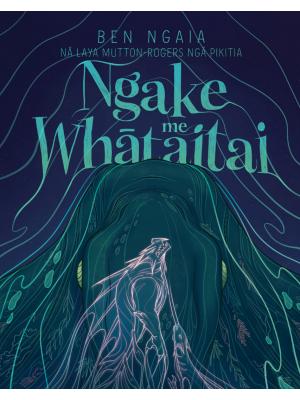
Ngake me Whātaitai
Written by Ben Ngaia
Illustrated by Laya Mutton-Rogers
Huia Publishers
RRP $20
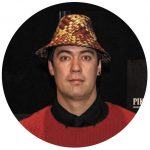
Zeb Nicklin
Zeb Nicklin is a writer, editor and te reo Māori translator. Te reo Māori is both the basis of his work and his real passion.
He kaituhi pakiwaitara, he kaitātari pakiwaitara , he kaiwhakamāori a Zeb Nicklin. He tauira o te reo Māori, ā, he mea ako e ia nōna i te kura i te korenga o ōna mātau i waimaria tipu nei me te reo. Ko te reo tana ao mahi, tōna kaingākau anō hoki.



